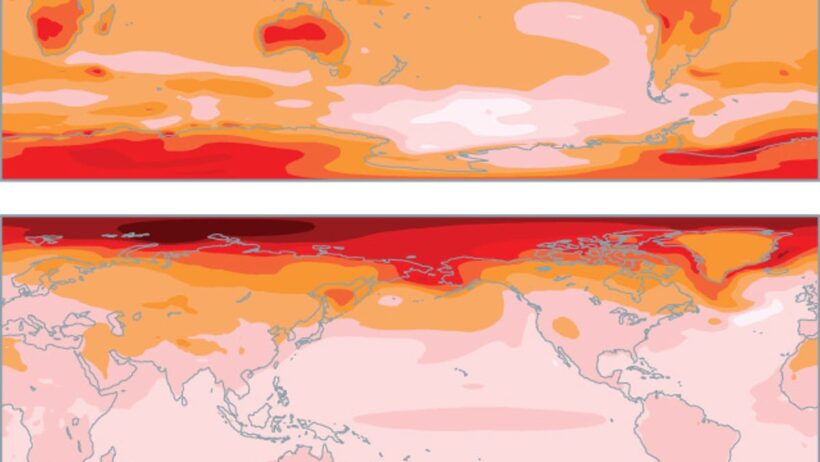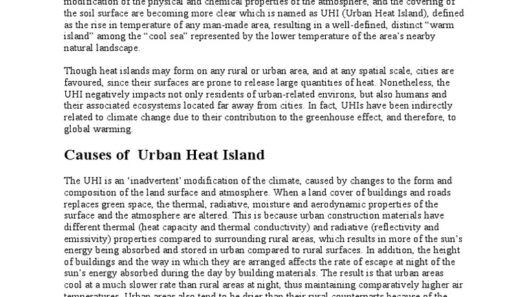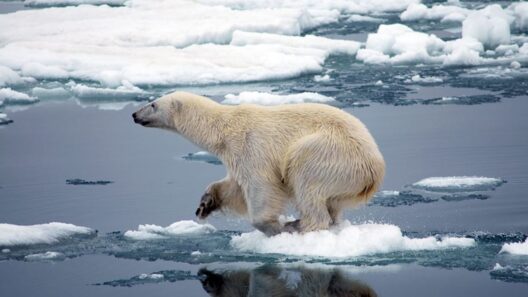In the vast expanse of time, the Earth spins, an orb of life nourished by its intricate ecosystems. However, this delicate balance is akin to a fragile glass ball precariously perched on the tips of our collective choices. The question looms: have we finalized our decisions regarding emissions, pushing the limits of what our planet can endure? The metaphorical clock of climate change ticks ever louder, urging us to heed the warnings echoed by scientists and environmentalists alike.
One must first grasp the foundational tenets of emissions. At its core, greenhouse gas emissions function like a thick blanket wrapped around the Earth. This blanket, composed primarily of carbon dioxide, methane, and nitrous oxide, traps heat, leading to the phenomenon we are experiencing today: global warming. As our industrial activities burgeon and our consumption escalates, this blanket thickens, pushing global temperatures higher.
To understand the scale we traverse, consider the infamous “tipping point.” It signifies a threshold, a moment when incremental changes yield drastic results. Just as a bucket that overflows after acquiring one too many droplets, our atmosphere faces a similarly precarious situation. Current scientific consensus suggests that if we exceed a temperature rise of 1.5 degrees Celsius above pre-industrial levels, we may find ourselves engulfed in climate chaos—extreme weather, biodiversity loss, and ocean acidification are merely the preambles of this impending tragedy.
Our journey to comprehend emissions’ effects on global warming necessitates a keen exploration of historical data. The Industrial Revolution catalyzed a coupling of humanity with fossil fuels that has persisted for over two centuries. This relationship has been fruitful in terms of technological advancements and economic growth but has come at an immense environmental cost. Atmospheric carbon dioxide concentrations now exceed 400 parts per million, a stark reminder of the exquisite burden we have placed upon our atmosphere.
Each nation then becomes akin to a unique note in an orchestral symphony, contributing to the collective crescendo of emissions. Major nations like the United States and China lead the charge as top emitters, but developing countries are rapidly ascending in the hierarchy of emissions. This poses a moral dilemma: how do we encourage growth without incurring further environmental destruction? The need for sustainable energy solutions becomes paramount, demanding an interdisciplinary approach that intersects technology, economics, and ethics.
Recognizing our roles as contributors to this phenomenon incites a radical examination of individual behavior. What happens when consumption becomes a habitual act, devoid of awareness? The modern lifestyle, often circumscribed within the parameters of convenience, is at odds with environmental sustainability. Single-use plastics, fossil-fueled transport, and overconsumption perpetuate a cycle of destruction, threatening the very ecosystem that provides sustenance.
Transitioning to renewable energy sources stands as a beacon of hope amid this encumbering darkness. Renewable energy technologies like wind, solar, and hydroelectric power possess the unique capability of mitigating emissions while fostering economic growth. Thus, as we intensify our efforts, we can transform the narrative. Imagine a future where clean energy carpets the landscape, replacing the ashen hues of coal with vibrant green and blue.
Legislative action is equally imperative. Policymakers must wield their authority to cap emissions, incentivize sustainable practices, and invest in green technologies. The emergence of carbon pricing—an economic strategy that assigns a cost to carbon emissions—can catalyze a fundamental shift in how industries operate. By internalizing the environmental impacts of their actions, businesses become stewards of the planet rather than mere extractors of resources.
Furthermore, public awareness campaigns are crucial in altering perceptions around climate change. The dissemination of knowledge can mobilize communities, catalyzing grassroots efforts to advocate for systemic change. Just as a ripple spreads across a pond, each individual action can inspire collective movements. Engaging in local environmental organizations, supporting sustainable businesses, and adopting eco-friendly practices all contribute to a greater societal shift.
Despite the daunting nature of the challenge ahead, optimism persists. Innovations in technology are emerging at a dizzying pace. Carbon capture and storage, for example, offers the tantalizing possibility of drawing down atmospheric CO2 levels. Moreover, advancements in battery technologies and electric vehicles are reshaping our mobility and energy consumption paradigms. The confluence of technology and environmental necessity might lead us toward a harmonized existence with our planet.
We have reached a crucial juncture, teetering at the precipice of possibility. The implications of our choices are profound, echoing through the annals of time. As stewards of this planet, we face a decision fundamental to our species’ survival. The emissions scale serves as a poignant reminder of the interdependence between humanity and nature; a call to action to forge a sustainable path forward.
Ultimately, the notion that we have passed the emissions scale serves as a clarion call for vigilance and responsibility. Our role is not merely as inhabitants of this Earth but as careful custodians of its future. The time to act is now. Every effort counts as we traverse this winding road toward global sustainability. Only together can we stoke the embers of hope and usher in a new era of environmental stewardship.






